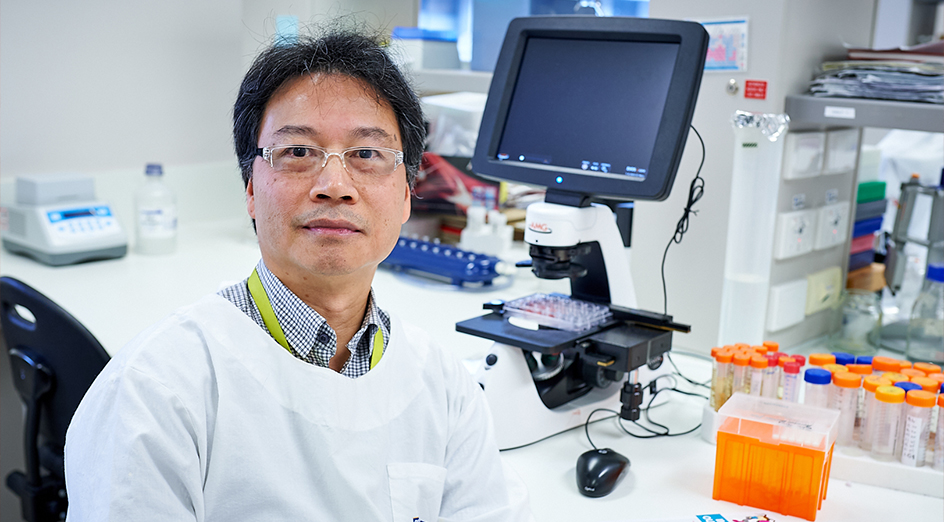Research led by The University of Western Australia has identified a new type of human protein known as an ADR3 i-body that could be used to stop bone breakdown and as a treatment for osteoporosis.
The study, published in the Journal of Biological Chemistry, was a collaboration between UWA and La Trobe University and industry partner AdAlta Ltd in Melbourne, Victoria.
Professor Jiake Xu, from UWA’s School of Biomedical Sciences, said that osteoporosis is a common disease characterised by the increased break down of bone leading to a higher risk of fracture.
 Image: Professor Jiake Xu.
Image: Professor Jiake Xu.
“One in three women worldwide over the age of 50 will experience bone fractures attributed to osteoporosis,” Professor Xu said.
“The disease impacts more than one million Australians and is associated with over 173,000 broken bones each year.”
Professor Xu said i-bodies are promising antibody-like human proteins that belong to a class of next generation antibodies that overcome some limitations of conventional treatments.
“When used in drug therapies, i-bodies have several advantages over conventional antibodies in that they are more accessible to drug targets and are extremely stable,” he said.
“They are low in cost to manufacture and can be customised to increase the duration of the time the drug stays in the body, known as the half-life.
“I-bodies have low immunogenicity which means the least adverse effects potentially caused by immune responses to biological products.
“If the ADR3 i-body in development is successful, we could have a great new therapy for the field, which is broad and cost-effective and holds great promise for the treatment of osteoporosis.”
Media references
Liz McGrath (UWA Media Advisor) 6488 7975
